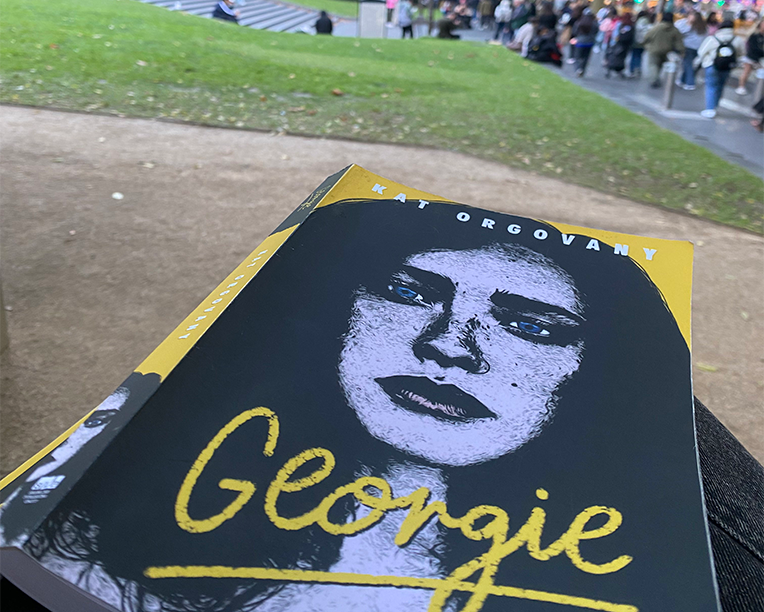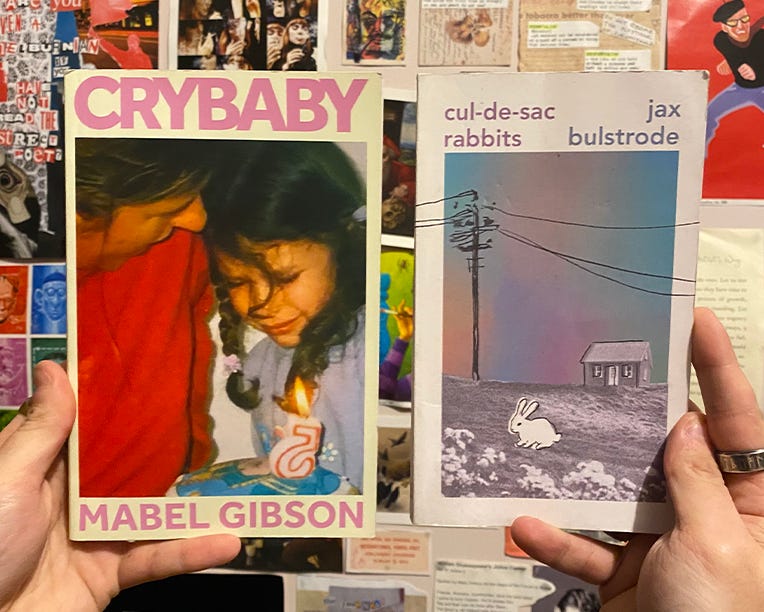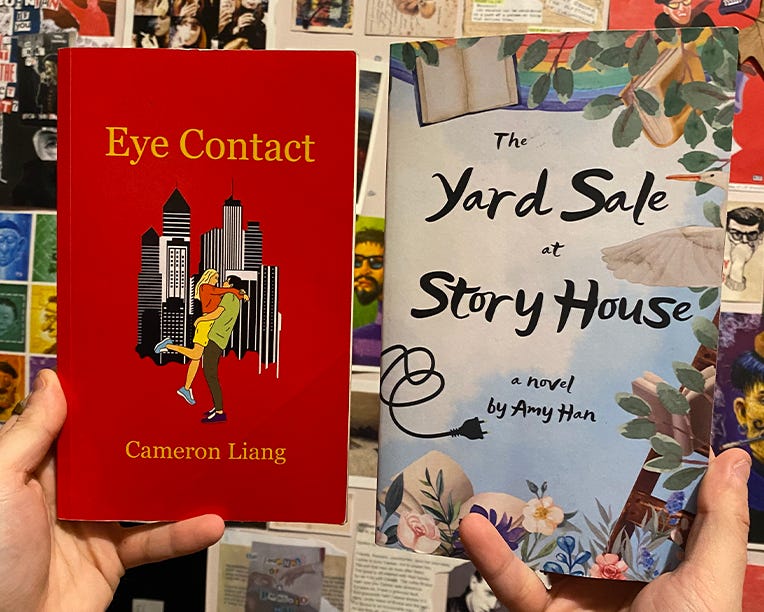why you should read more indie books
indie authors are authors. their stories deserve the same love as bestsellers. we are the readers. we have the power to influence the world of publishing
Reading is cool and the school nerds are the in crowd. I always knew readers were the coolest cats out there, I was just waiting for everyone else to realise it too. This isn’t a joke about performative reading or aesthetic hauls on TikTok, by the way.
Cool cats, it’s time for us to turn our attention to indie authors.
Most of us share our work for the simple reason that we love doing it. But book publishing only exists as long as people are still reading. Likewise, independent (‘indie’) authors can only continue to write and publish their novels as long as people are still buying, borrowing, and talking about books. The same goes for most artists. They rely on our involvement to keep being able to create.
So are we being involved? Are we showing indie authors how much we love their work? Consciously showing up in reader spaces to support them?
In this age of algorithms, commercialisation, late-stage capitalism, artificial intelligence, and media monopolies, supporting the ‘little guy’ has never been more important. It’s a bit like putting in the effort to keep small businesses from being wiped out by large corporations— supporting independent bookstores, grocers, farmers’ markets, etc. I don’t need to go on a spiel about this. You know what I’m saying.
For indie authors, every bookstore stocking their work is one more success. Every reader matters. This isn’t an indie vs traditional (trad) publishing hottake. I’m just celebrating the authors who choose to independently publish their novels.
Mainstream publishing is a tough gate to unlock. These publishers tend to favour commercially safe titles, and most budgets are allocated to celebrity authors and genre bestsellers. While it’s true debut authors are popping up in the trad-pub world all the time, there are only so many titles a house can take on at one time. It makes sense from a business standpoint. But this naturally means that even good stories by incredible writers can get overlooked in favour of more commercial work.
In 2025, more authors are choosing independent publishing pathways, breaking through, and earning a place on the same shelves as their traditionally published peers. And readers are increasingly being drawn to their originality.
Some writers seek out smaller publishers and presses to champion their work—especially true for poets or more experimental writers. These publishers often seek niche ideas or genre-bending stories that larger publishers shy away from.
Some writers see the slush-piles, rejection letters, slashed budgets, and rather than wait for a publisher to clock their potential, they hire their own editors, typesetters, cover designers, find their own beta readers, fund their own print runs. Printing has never been more accessible, and with the coexistence of print and digital media in the 21st century, writers are increasingly publishing on their own terms.
As an indie author, I know how hard it is to get noticed. I had to walk into stores, pitch my novel The Street Poet myself, face rejection, and still keep going. There are a few bookstores that stock it, although most of my sales come from in-person events and festivals. But the support I’ve received? It’s real. It’s been one of the best parts of this whole journey, and without those readers, I would probably go back to hiding my writing in a drawer.
I believe some of the most unexpected, daring stories can be found in the works of indie authors. They’re eager to take creative risks or push boundaries, and that’s exciting!
Indie authors are telling bold, unique stories that deserve the same love as bestsellers. The distinction between indie and trad is now so blurred that we should just stop distinguishing between them altogether. Novels are novels. Good stories are good stories. Publishing is publishing. To be good readers, we must read widely and show up for all authors, online and off. Judge not the author for their mode of distribution, only the quality of the work itself.
Indie authors are just authors. Indie books are just books.
Every year, I embark on a reading challenge: indie author reading month, or as I did this year, read 10 books by indie authors. It’s a great way to make sure I’m showing up for my fellow authors. I came away from the reading challenge having introduced myself to a handful of new voices I might otherwise have never ‘got around to’. And honestly, the stories were just as good as those from the ‘Big Five’ publishers.
So here’s a challenge for you! Find an indie author who grabs your attention. Buy their book. Read it. Tell them what it meant to you.
We, the readers, hold power to influence the publishing world. So let’s show up for our authors. Let’s be the cool ones.
the books I read for the indie author challenge:
Georgie by Kat Orgovany
Stolen Sharpie Revolution by Alex Wrekk
The Garden Eternal by M Sheridan Desmond
The Yard Sale at Story House by Amy Han
Austral (2024 anthology of spec fic) by Meridian Australis
Eye Contact by Cameron Liang
CryBaby by Mabel Gibson
Cul-de-sac Rabbits by Jax Bulstrode
She’s Not Normal by Koraly Dimitriadis
The Ballad of the Bunny by Catherine Hannah
The Noise of Empty Buildings by Tess Brady









🖤